Entry Category: Military Science
Churchill’s Arkansas Division (CS)
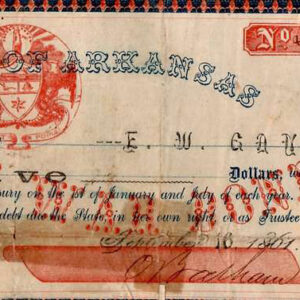 Civil War Bond
Civil War Bond
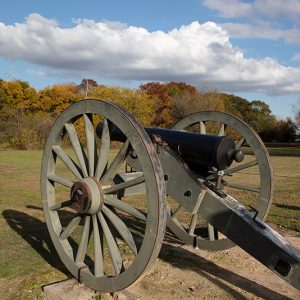 Civil War Cannon
Civil War Cannon
Civil War Markers and Memorials (Outside Arkansas)
Civil War Medicine
Civil War Pensions
Civil War Recruitment
Civil War Refugees
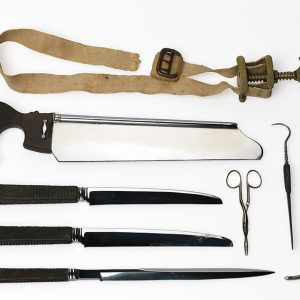 Civil War Surgical Instruments
Civil War Surgical Instruments
Civil War Timeline
Civil War Veterans’ Reunions
Clarendon Expedition (August 4–17, 1862)
Clarendon Expedition (October 16–17, 1864)
Clarendon, Skirmish at (June 26, 1864)
Clark, Wesley Kanne
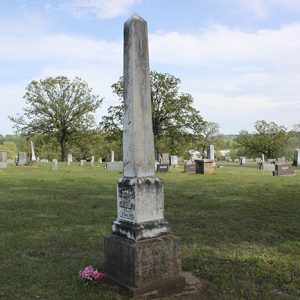 Clarksville Confederate Monument
Clarksville Confederate Monument
Clarksville Confederate Monument
Clarksville National Guard Armory
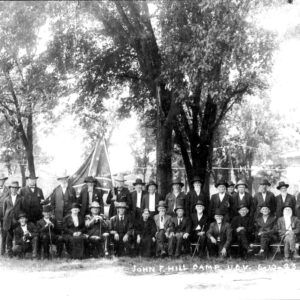 Clarksville UCV
Clarksville UCV
Clarksville, Affair at
Clarksville, Skirmishes at
Clayton, Powell
Cleburne County Draft War
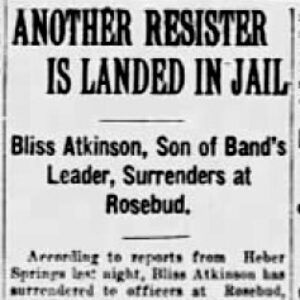 Cleburne County Draft War Article
Cleburne County Draft War Article
 Patrick Cleburne Gravesite
Patrick Cleburne Gravesite
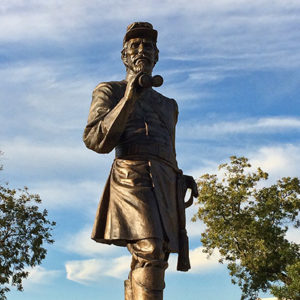 Patrick Cleburne Statue
Patrick Cleburne Statue
Cleburne, Patrick Ronayne
Coast Guard Auxiliary
aka: U.S. Coast Guard Auxiliary
Coggs, Granville Coleridge
 Granville Coggs
Granville Coggs
Colbert Raid
Colley, Chad
aka: Ralph C. Colley Jr.
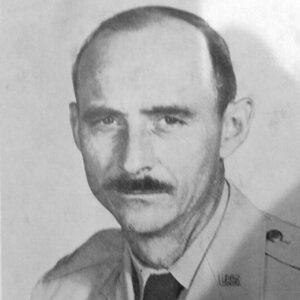 Calvin Collier
Calvin Collier
Collier, Calvin Lawrence
 Gilbert G. Collier Plaque
Gilbert G. Collier Plaque
Collier, Gilbert Georgie
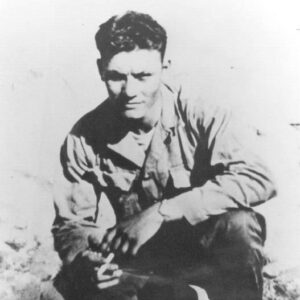 Gilbert Georgie Collier
Gilbert Georgie Collier
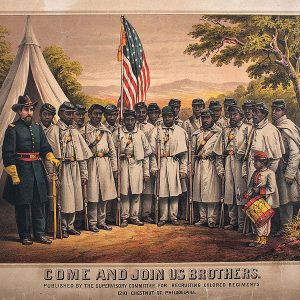 Colored Regiments Recruitment Poster
Colored Regiments Recruitment Poster
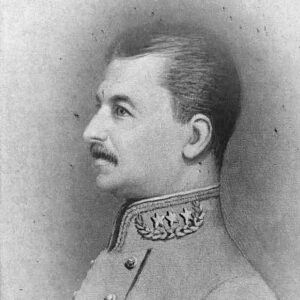 Colton Greene
Colton Greene
Commercial [Steamboat]
 Cone Trophy
Cone Trophy
Cone, John Carroll
Confederate Battle Flags
Conscription
Conscription (Civil War)
Contraband Camps
aka: Slave Refugee Camps
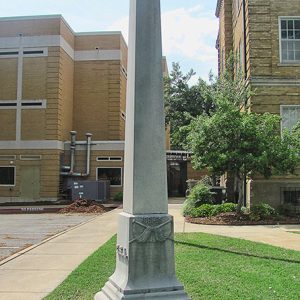 Conway Confederate Monument
Conway Confederate Monument
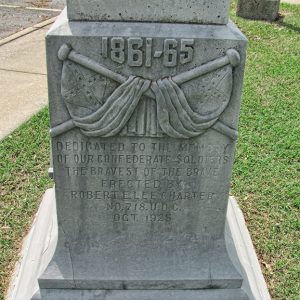 Conway Confederate Monument
Conway Confederate Monument




